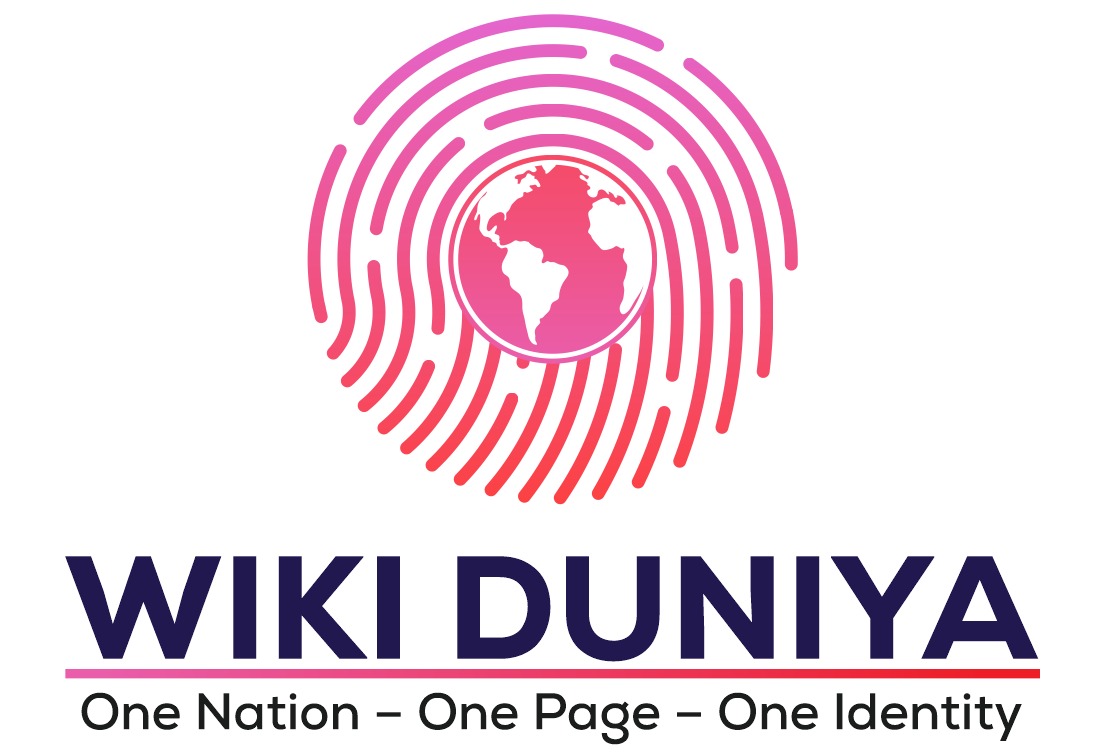
How Professionals Can Rebrand After a Career Break
Introduction
How Professionals Can Rebrand After a Career Break is a topic that resonates with many Indians today.
Career breaks are common — whether for maternity, higher education, caregiving, health, or simply rethinking one’s direction.
While stepping away from work can bring valuable life experiences, returning to the professional world often comes with a challenge: how to position yourself again in the job market. In 2025, where employers and clients increasingly look for strong digital presence and clear skills positioning, rebranding after a break is not just possible — it can be a fresh opportunity to stand out.
1. Accept the Break as Part of Your Story
One of the biggest mistakes professionals make is trying to hide their career gap. In today’s workplace, gaps are not unusual, and many recruiters value honesty over a forced narrative.
The key is to frame your break positively — focusing on the skills, experiences, or perspectives you gained.
For instance, someone who took a break for caregiving may have developed strong organisational and crisis-management skills that are highly relevant in a professional setting.
2. Identify Your New Professional Direction
Before re-entering the workforce, it’s important to decide whether you want to return to the same role or explore a new direction. For many, a career break can be a time of reflection, and skills may have shifted toward different areas. For example, a marketing professional might move toward digital content creation or consulting after realising a preference for flexible work. Clarifying this early will help shape your rebranding strategy.
3. Refresh Your Skills and Knowledge
Industries evolve quickly, and a gap of even two or three years can mean new tools, regulations, or trends.
Enrolling in short online courses, attending workshops, or even doing volunteer work can help you bridge the knowledge gap.
In India, platforms like NPTEL, Coursera, and LinkedIn Learning make it easy to update your skills at your own pace.
Including these on your profile shows potential employers that you are proactive and ready.
4. Create or Update Your Digital Presence
A strong online presence can make the rebranding process much smoother. Start with a LinkedIn profile that highlights both past experience and current skills. If possible, create a personal web page that acts as your professional hub — showcasing your updated bio, portfolio, and contact details.
This makes you visible to recruiters, collaborators, and clients even before you apply for roles.
5. Tailor Your Brand to Your Target Audience
Your rebranding should be shaped by who you want to reach. If you are returning to corporate employment, your brand should highlight team collaboration, adaptability, and recent learning.
If you are shifting to freelancing or consulting, your brand should focus on expertise, client outcomes, and service packages.
Your digital content — whether it’s your LinkedIn posts or website — should speak directly to the people you want to attract.
6. Network with Purpose
Career re-entry often becomes easier through connections rather than cold applications. Reconnect with former colleagues, classmates, and industry contacts. Attend relevant events, webinars, or conferences to meet new people.
Instead of only asking for job leads, share your updated skills and interest areas. This positions you as active and engaged, rather than someone passively seeking opportunities.
7. Show Evidence of Recent Work
If you’ve done any projects — even unpaid — during your career break, showcase them. This could be freelance assignments, volunteering, part-time work, or independent projects.
For example, someone returning to IT after a gap might highlight personal app development projects or contributions to open-source platforms.
The goal is to demonstrate that your skills are current and applied.
8. Use the Right Language in Your Branding
Your CV, LinkedIn profile, and personal website should focus on your value rather than the gap. Phrases like “returning to the workforce” can be replaced with outcome-focused language such as “leveraging recent upskilling to deliver digital marketing solutions” or “combining prior corporate experience with newly acquired expertise in data analytics.” Language plays a major role in shifting perceptions.
9. Leverage Return-to-Work Programs
Many companies in India now have structured returnship programs for professionals resuming work after a break.
These provide short-term projects, mentorship, and a pathway to permanent roles. Including participation in such programs on your digital profile can significantly strengthen your rebranding efforts.
10. Maintain Consistency Across Platforms
Your new professional identity should look and sound the same across all platforms — from your LinkedIn headline to your personal website to your email signature. Consistency builds recognition and makes you easier to remember for employers and clients.
Conclusion
Rebranding after a career break is about more than just updating your CV — it’s about repositioning yourself with confidence, clarity, and visibility. By embracing your break as part of your professional journey, refreshing your skills, building a strong digital presence, and networking strategically, you can re-enter the market stronger than before. In 2025, professionals who return with a clear, authentic personal brand often find that their career break becomes a unique advantage rather than a setback.




